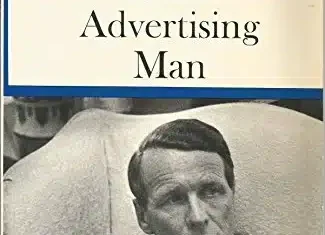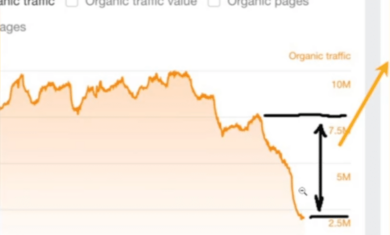As I mentioned a few weeks ago, a growing problem with Google is the number of “zero click” searches on there — searches that don’t lead to another click, because Google answered the question for you. It’s generally a good thing for users, but it’s a bad thing for companies wanting to get more website traffic.
In the case of Google, there’s not much you can do. In other cases, though, it might be best to just lean into this trend. Most social media sites quietly penalize posts that have links in them (hence the silly and annoying “link in comments” that you see so often), so it might be best to simply forego the link and just let people see your content.
This video from the Content Marketing Institute (which I briefly shared last week) talks about this very subject about halfway through:
https://www.linkedin.com/events/7204588791657869312/comments/
No links?
For what I’m trying to accomplish with this blog, a lack of links is fine. I don’t care if you read this on LinkedIn or Medium or Substack or whatever, because I’m not trying to sell anything.
For many companies, it’s the same. If their content simply gets shared and viewed more often, it’s a win.
However, what about posts like this one? If you’re reading this on LinkedIn, I didn’t ever link back to my original blog post (trying to go “zero click”), but I still had to include some links to make the content more valuable. Telling you about that video and then making you go find it yourself would be frustrating, so I included a link to it. However, LinkedIn and other social platforms literally encourage content creators to make their content less valuable (with zero links) in order to get more exposure for it.
I get it, because their goal is to keep you on their site so they can make more ad revenue, but it’s frustrating nonetheless.
At the end of the day, the “zero click” content approach might be a solid idea. In the video above, Rand Fishkin tells a story of an agency owner that changed up their marketing, watching their digital metrics (website visits, etc) plummet, but saw their sales rise. While it feels kind of broken to do it that way, all of us would be happy to have a similar outcome.
Moving our clients to “zero click” will take some time and some testing, but it’s something worth trying out.




